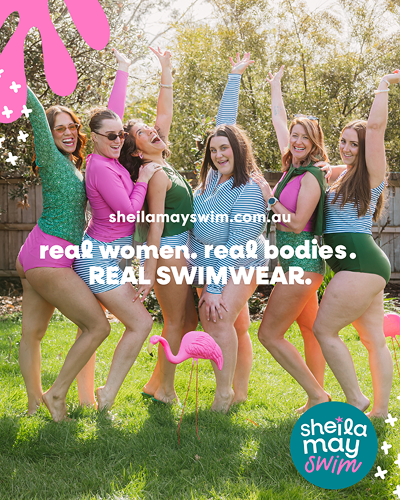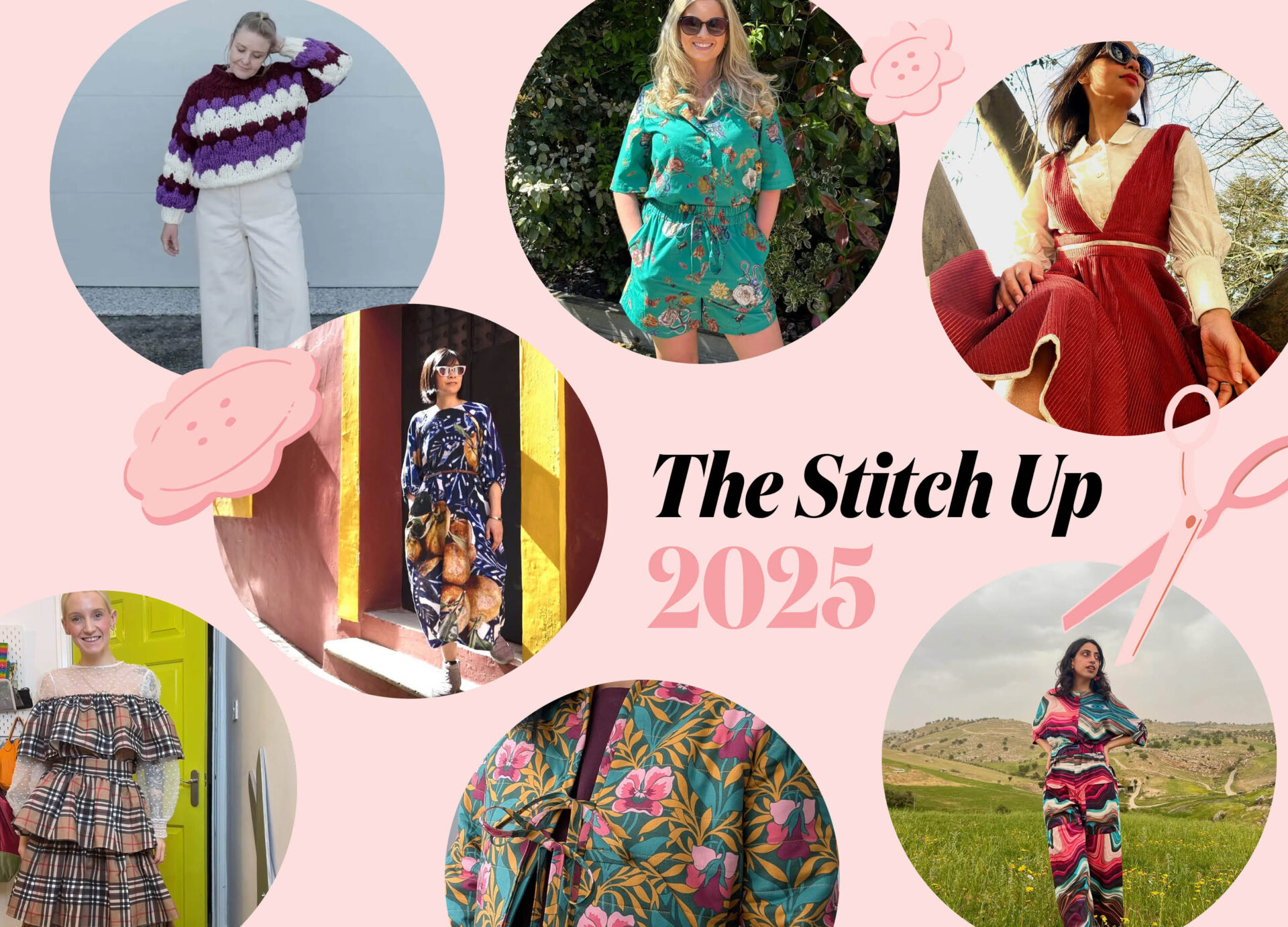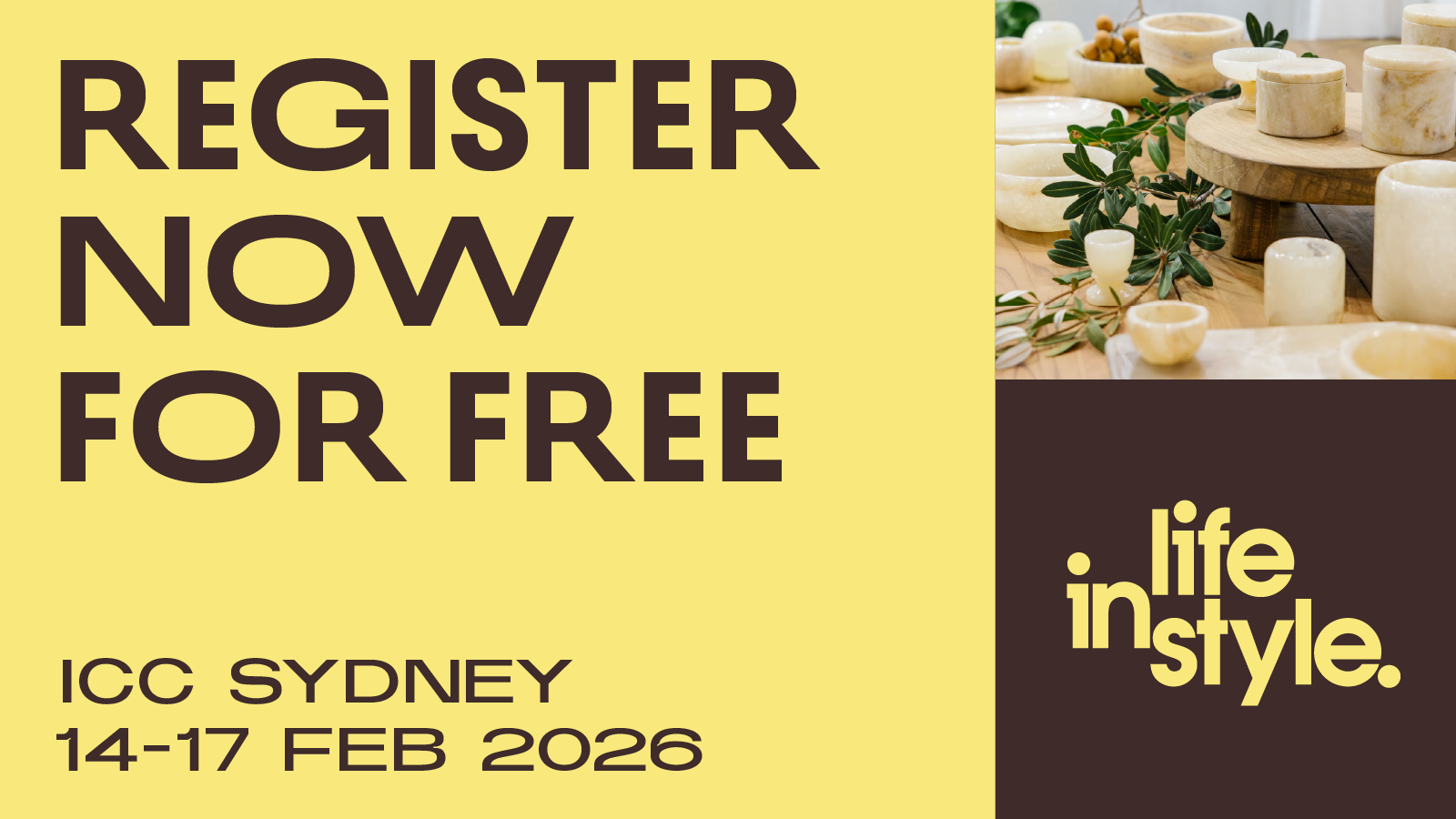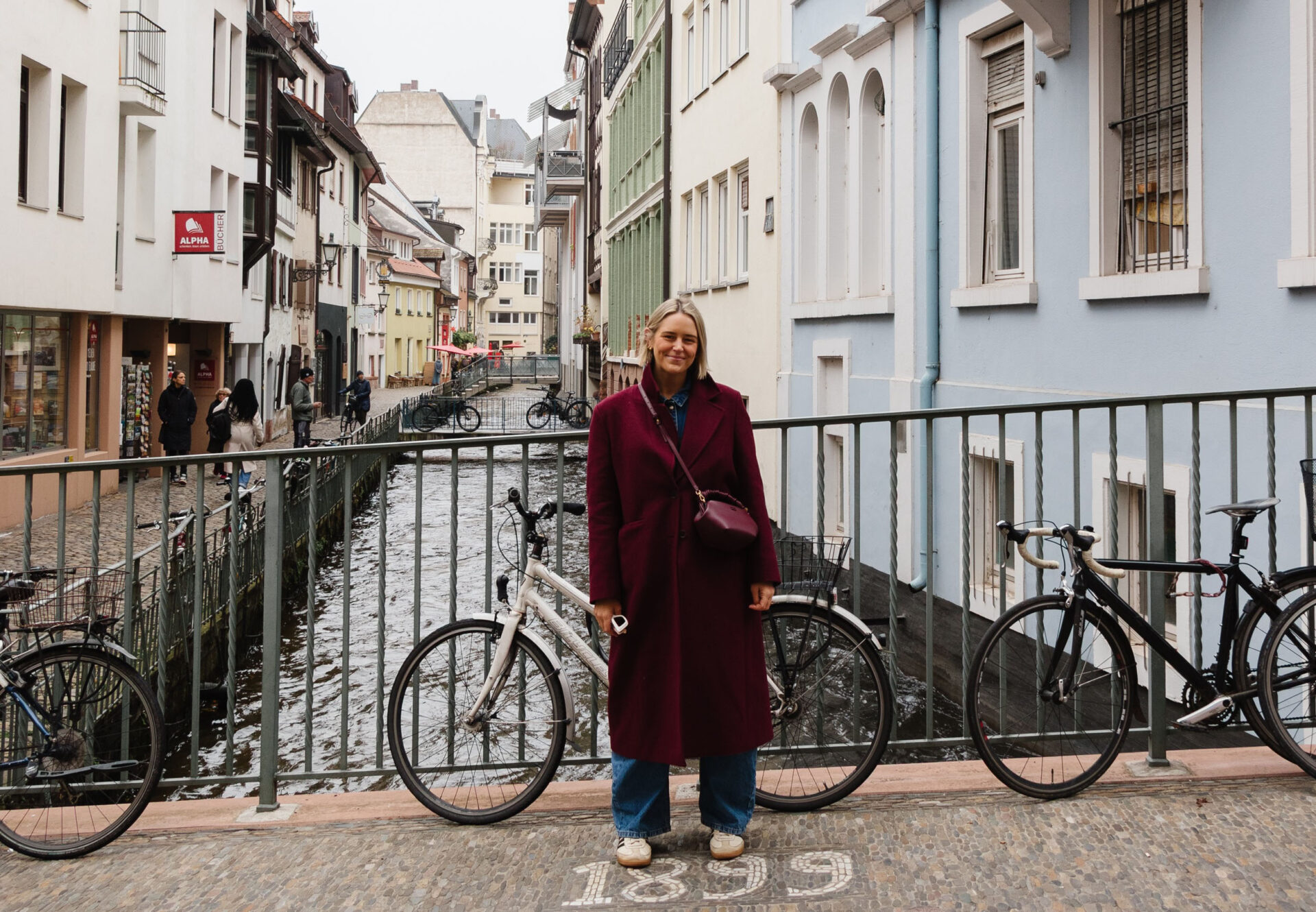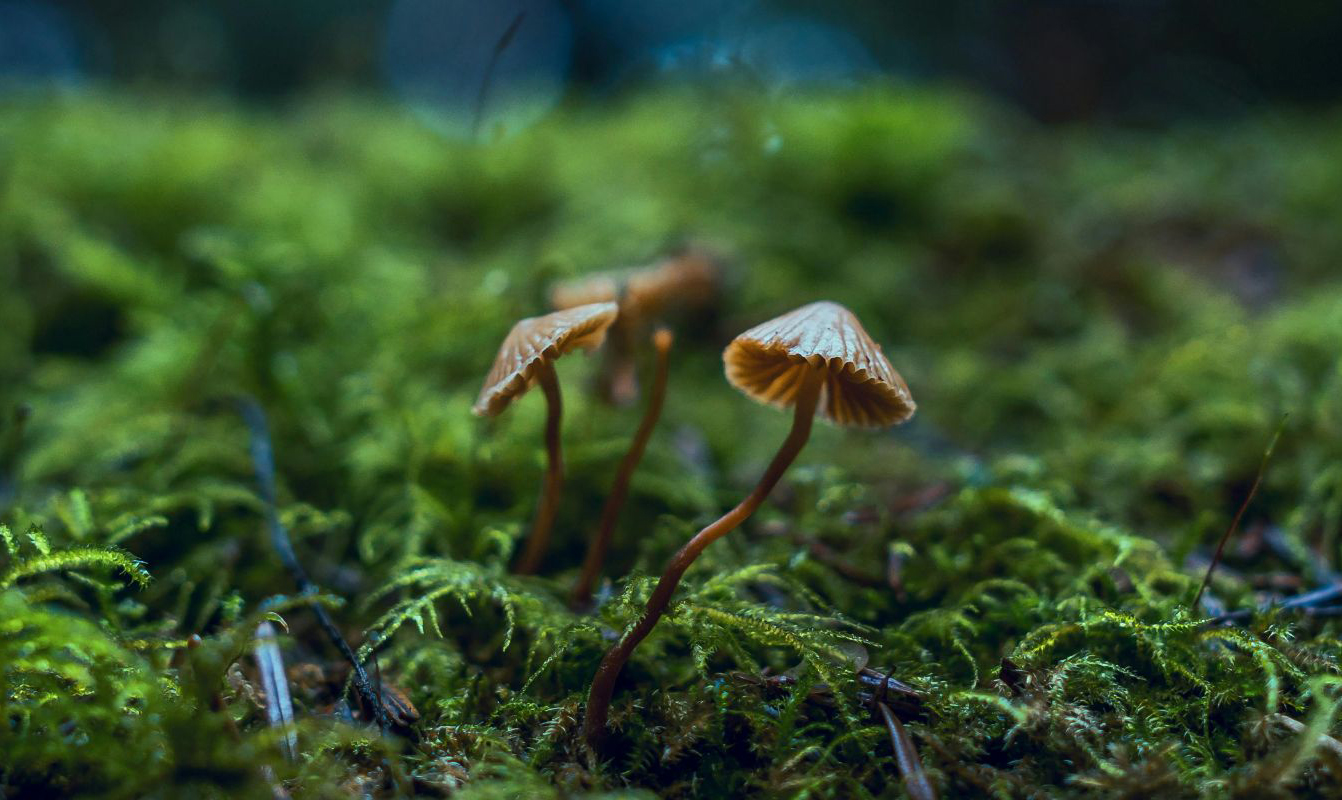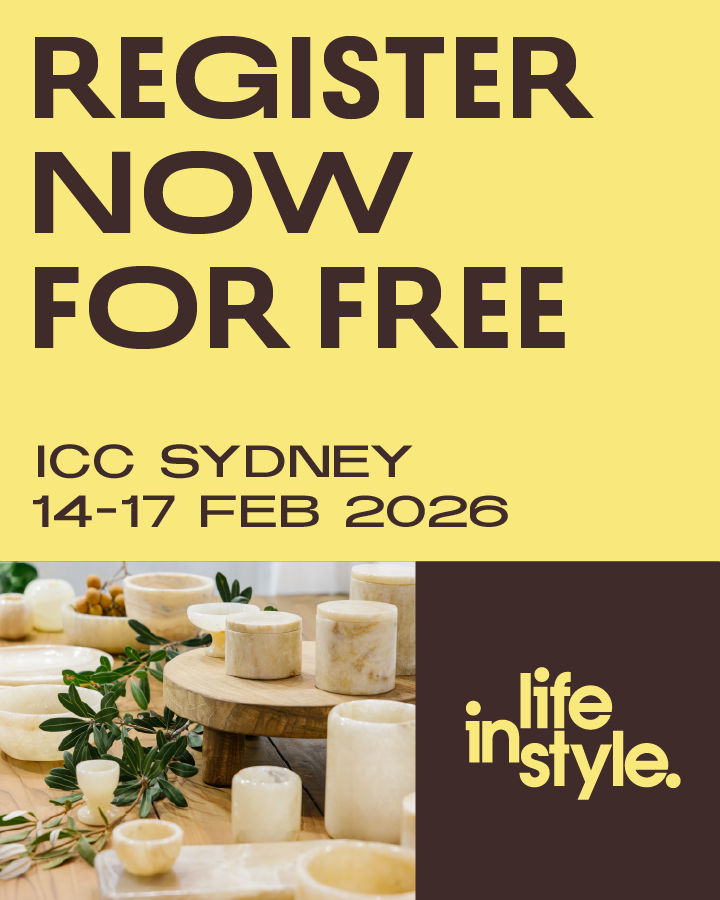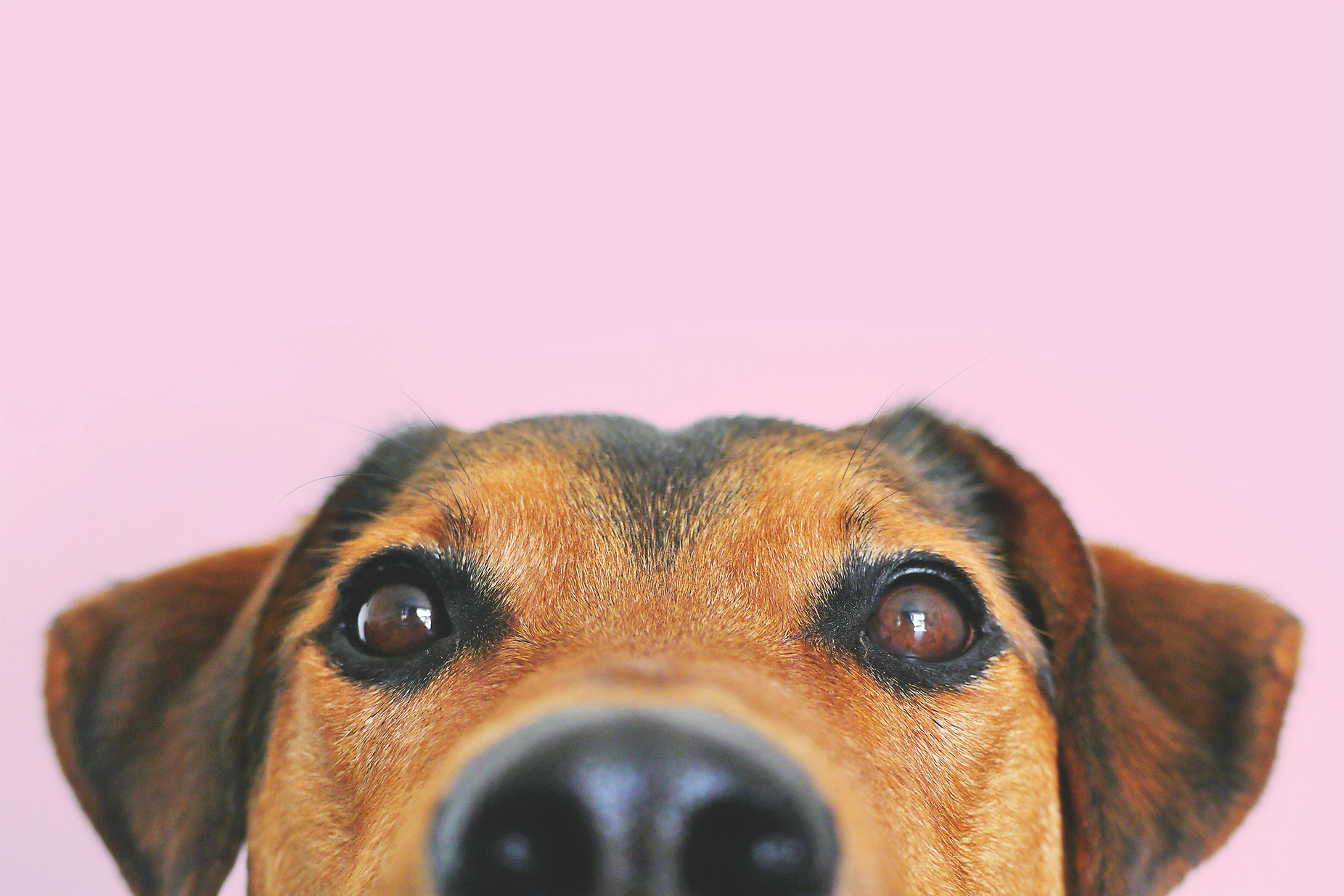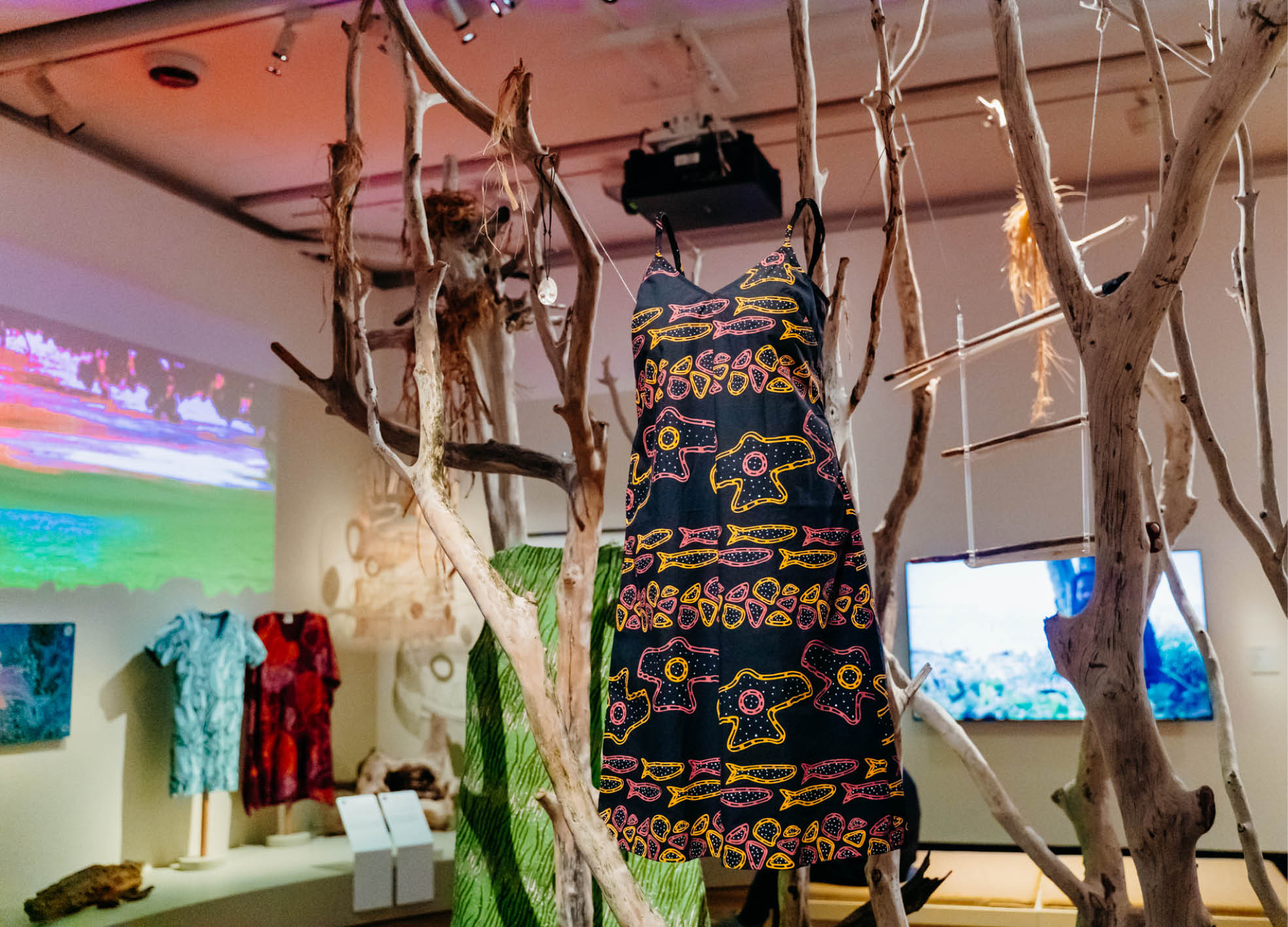Create the Prettiest Summer Posy With Florist Alyssa Goodall
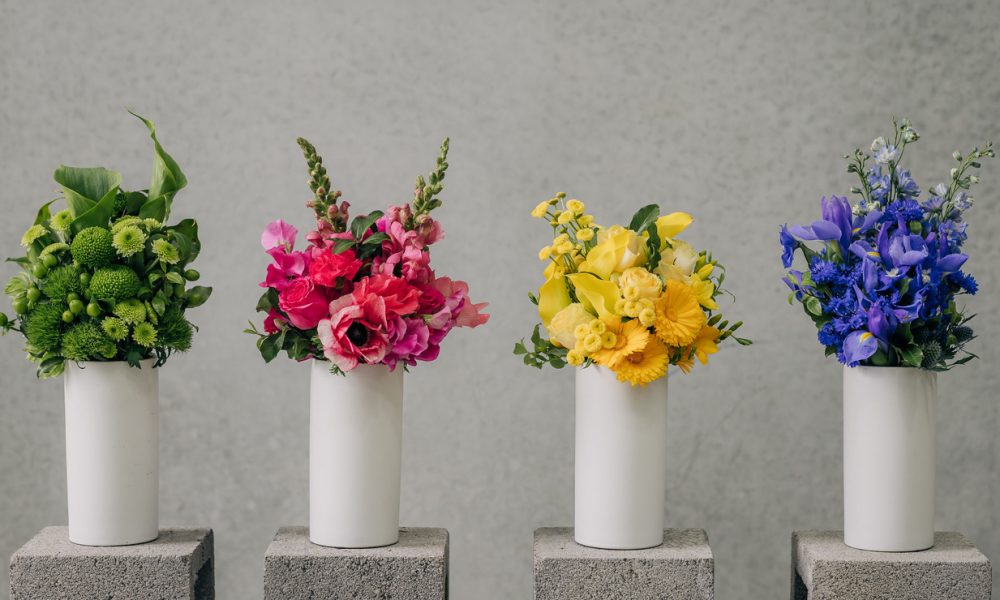
- Words by Peppermint
How to turn just-picked blooms into a just-so table arrangement? Forget the floral foam, says Alyssa Goodall, the clever soul behind the wild and whimsical bouquets of Collingwood’s Thrive Flowers. Instead, she uses chicken wire or vines, which do the job just fine – without poisoning the planet.
The green florist will appear at Melbourne’s Festival of Flowers, a three-month, workshop-filled celebration of all things pretty, pollinated and sustainable. Hosted by the good bunch at CERES, the Coburg event puts the spotlight on the not-so-rosy environmental impact of the flower industry (up to 90% of cut flowers in Australia are imports, flown in via refrigerated storage from countries as far away as Ecuador, Kenya and Columbia).
There’s tote-bag printing for kids, posy-making classes for grown-ups and, for those who aren’t afraid to get their hands dirty, there are organic blooms to be picked every Saturday morning on the banks of Merri Creek (30 bucks a bunch).
But what to do with those in-season sunflowers once they’re in your clutches? Alyssa shares her trade secrets below.
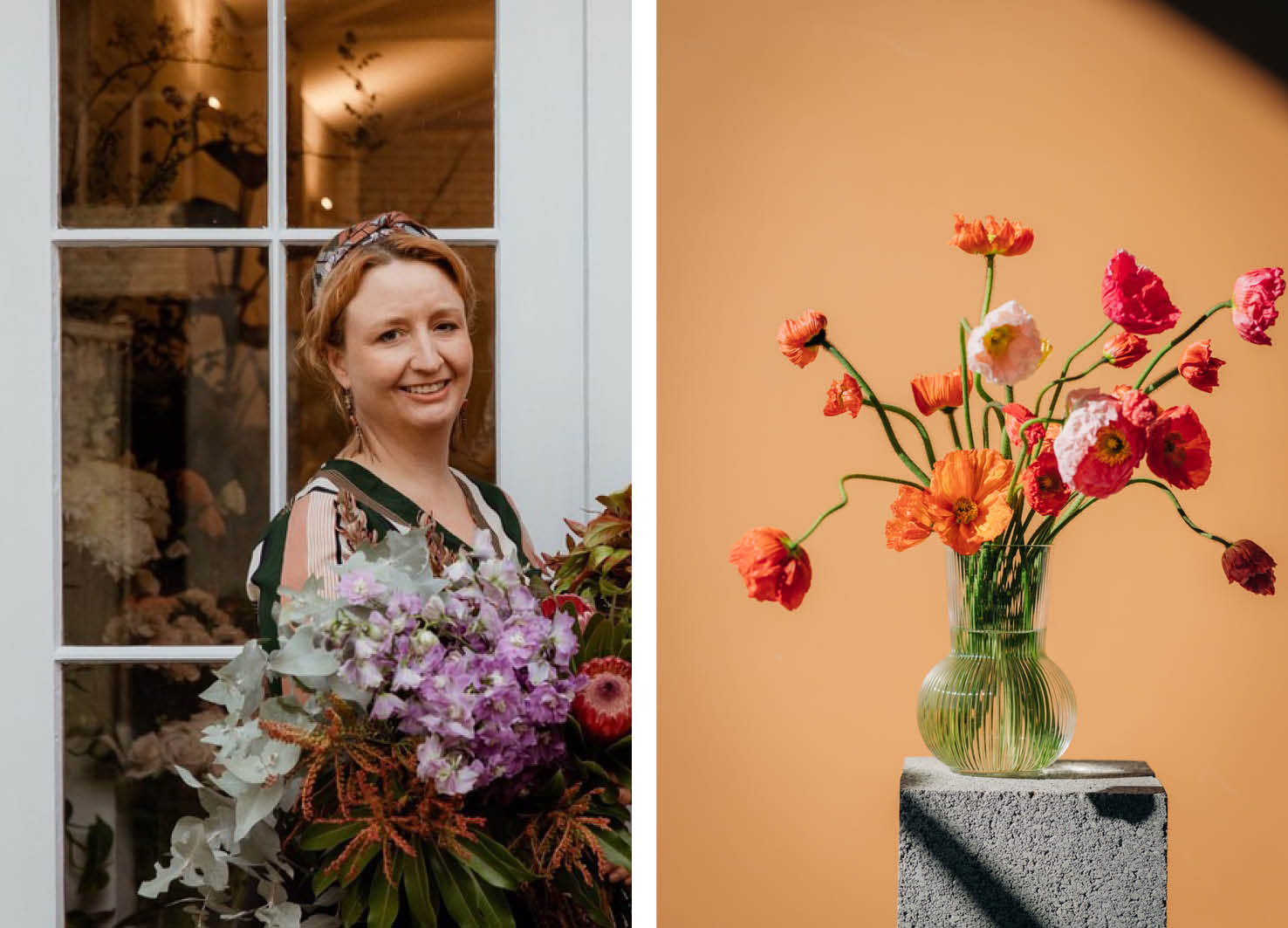
Your arrangements are so full of life. Any advice for us DIYers?
Choose an assortment of textures, shapes, sizes and colours – a combination of at least three or four flower varieties and assorted foliage will give your display contrast and make it more interesting. Also consider grouping your flowers together, which can create more impact than dispersing them evenly.
If you’re designing a front-facing arrangement, start with the taller stems and work your way to the short-stemmed varieties at the base of the vase. Choose a vase with a smaller opening and you won’t need as many flowers. And never use floral foam – instead, try chicken wire as a base for low, coloured vases and use vines for clear vases.
Which varieties should we be looking for in summer and autumn?
Keep an eye out for dahlias, cosmos, roses, hydrangeas, sunflowers, gerberas, carnations, paper daisies, kangaroo paw, banksia, chamomile, kale, marigolds and snapdragons.
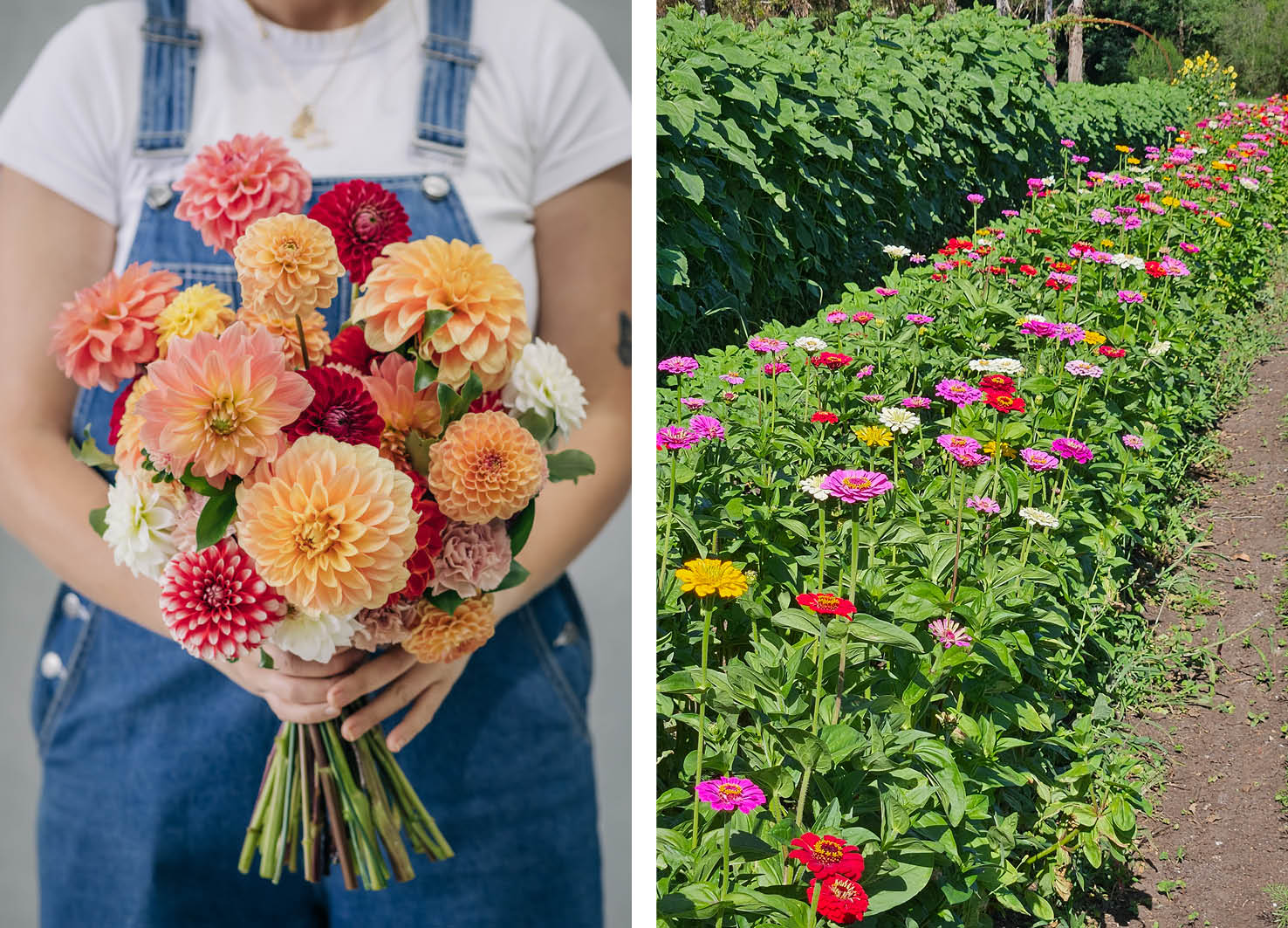
Can you tell us a bit about the environmental impact of cut flowers?
Unfortunately, the floristry industry, unbeknown to most, isn’t as sustainable as we’d like it to be. There’s a very high volume of single-use plastics, including floral foam, plus green waste that’s not disposed of thoughtfully. And the increasing popularity of preserved flowers has introduced additional chemical usage and exposure to the industry.
Imports are another factor, as consumers want popular flowers to be available all year round. The travel involved is only one reason why we try to avoid them – there are also ethical elements at play, as well the potential exposure to additional chemicals due to overseas growing methods and because the flowers are required to be heavily sprayed when they reach Australian shores.
What can we do to make sure we’re buying sustainable blooms?
Ask your florist what’s in season and locally grown, or ask about the flowers’ country of origin. It’s important to support local businesses and farmers, and to steer clear of unnaturally preserved flowers. This way, you get to enjoy what our country can offer in the current season.
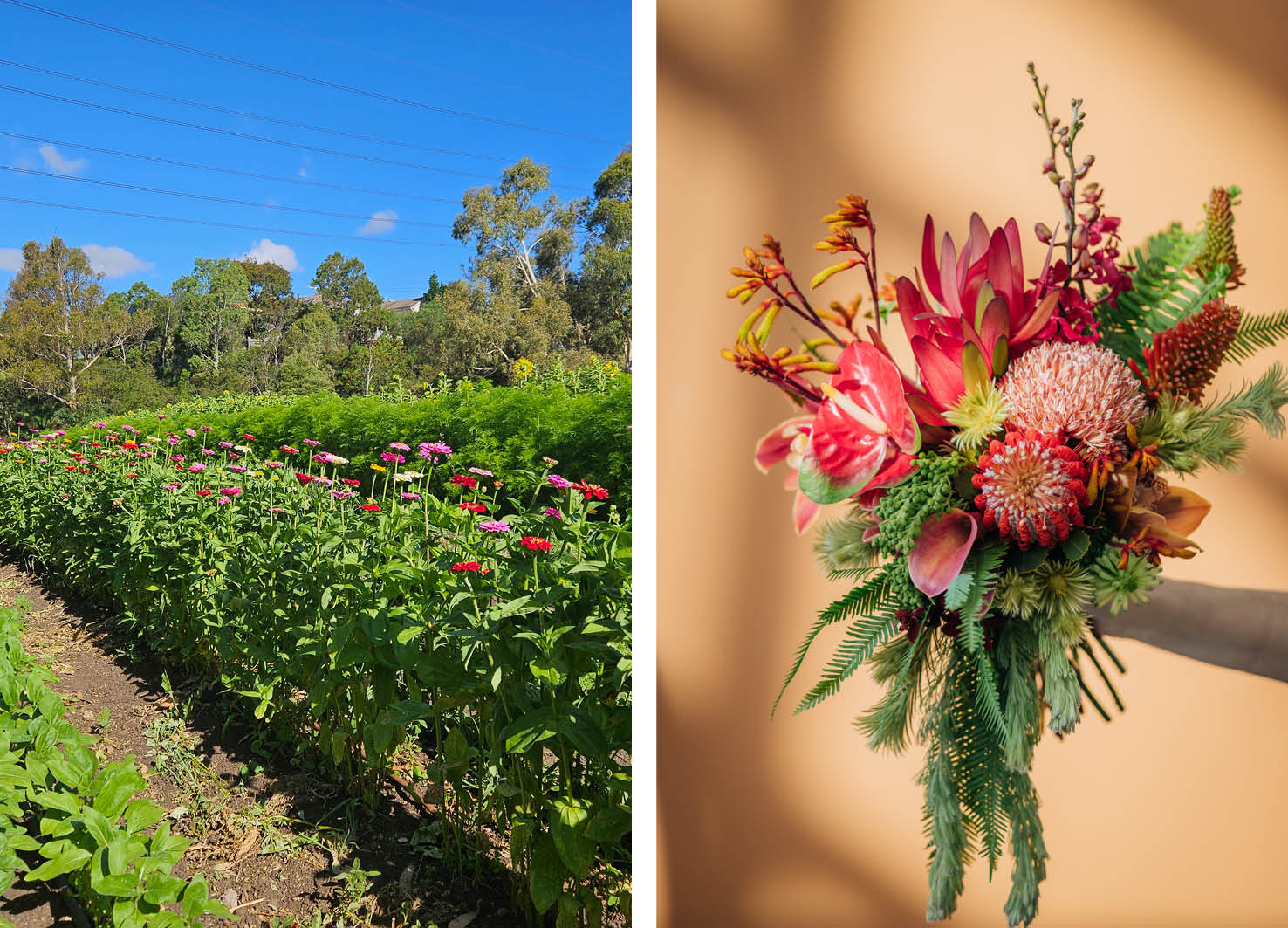
The Festival of Flowers is held at CERES Joe’s Market Garden in Coburg, Melbourne, from January to April 2024. Click here for more details!
JOIN OUR MAILING LIST
Brighten up your inbox with our not-too-frequent emails featuring Peppermint-related news, events, competitions and more!
explore
More articles
It’s beginning to look a lot like Christmas…. Which means we are officially entering party season. Work parties, friend-dos, family get-togethers and then we’re straight into New Year festivities. If you’re lucky enough, you might be staring down the barrel…
Look, I don’t want to make anyone panic but IT’S DECEMBER!!! If you’re planning to give homemade gifts, you’re going to have to act fast. …
Furred, feathered, fishy, scaled… The pets we choose are as diverse as our personalities. (And apparently, quite often we resemble each other.) But they all…
When you hang a painting on a wall, the story stays put. But when you wear a beautifully made garment that may as well be…
Hang out with us on Instagram
Any New Year’s resolutions on your list? We love this from @OtterBeeStitching - “be brave enough to suck at something new”.
There’s no points for perfection, but you’ll get a trophy for trying. If nothing else this year, take the leap and try something new.
#OtterBeeStitching #Embroidery #BeBrave #TrySomethingNew #EmbroideryArt

Sunday serving suggestion ☀️
Gorgeous photos from @JolieFemmeStore - who make sweet garments from vintage bedsheets.
#PeppermintMagazine #SlowSunday #SwitchOff #Unplug #ReadAMagazine

A toast to the old you 🥂
We wholeheartedly love this post from the brilliant @EmilyOnLife:
“2026: Reinvent, burn it down, let it go (whatever it is). Year of the Snake it up. Exercise your boundaries, exercise your body, take one teeny step every day towards a life that feels better to be in.
But don’t you dare shit on your old self while you do it.
Hold yourself with reverence and tenderness and respect, because you got you this far. You did your very best with the information and tools you had at the time. You scraped yourself together, you made it work, you survived what felt impossible to survive: again and again and again.
You are perpetually in the process of becoming, whether you can feel it or not, whether or not you add it to your 2026 to-do list.“

Some very wise words from @Damon.Gameau to take us into 2026 🙌🏼

⭐️ We made it!!! ⭐️
Happy New Year, friends. To those who smashed their goals and achieved their dreams, and to those who are crawling over the finish line hoping to never speak of this year again (and everyone else in between): we made it. However you got here is enough. Be proud.
It’s been a tough year for many of us in small business, so here’s to a better year in 2026. We’re forever grateful for all your support and are jumping for joy to still be here bringing you creativity, kindness and community.
We’re also excited to be leaping into the NY with our special release sewing pattern – the Waratah Wrap Dress!
How great are our fabulous models: @Melt.Stitches, @KatieMakesADress and @Tricky.Pockets - and also our incredible Sewing Manager @Laura_The_Maker! 🙌🏼
Ok 2026: let’s do this. 💪🏼
#PeppermintWaratahWrapDress #PeppermintPatterns #SewingPattern #MeMade #WrapDress #WrapDressPattern

Putting together our annual Stitch Up brings on all the feels! We feel humbled that you’ve chosen to sew Peppermint patterns, we feel inspired by the versions you’ve created and we feel proud of you.
Where to begin?! As always, there has been a plethora of Peppermint patterns flooding our feeds this year, and we wish we could showcase more than just a handful of magnificent makes from you, our clever community. We encourage you to flip through the me-made items in your wardrobe or scroll through your grid and remind yourself of the beauty you’ve created with your own two hands (and maybe a seam ripper and some choice words). Congratulations to all of us for our creative achievements this year!
We’ve put together some (but absolutely not all) of our favourites from 2025 over on our website. We hope it inspires your next make!
🪡 Link in bio 🪡
Pictured: @FrocksAndFrouFrou @MazzlesMakes @KatieMakesADress @_Marueli_ @IUsedToBeACurtain @Nanalevine.Couture @PiperInFullColour @MadeByMeJessieB @SarahMalkawi @Made.By.Little.Mama
#PeppermintPatterns #SewingPatterns #MeMade #MeMadeEveryday




